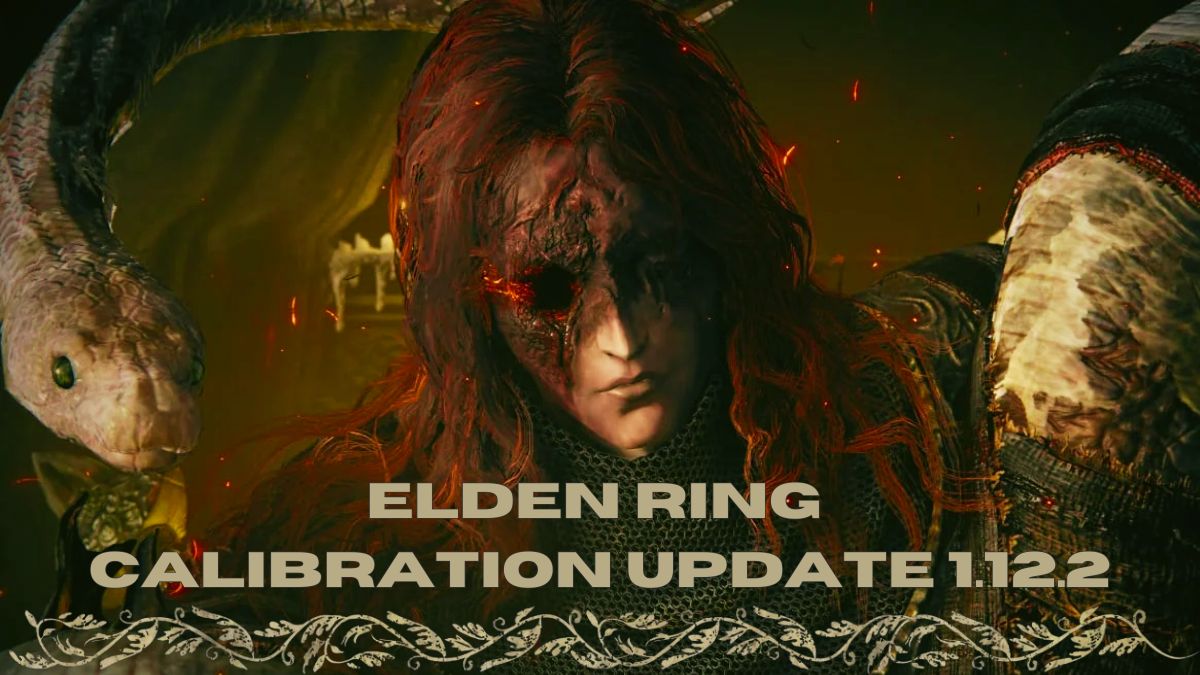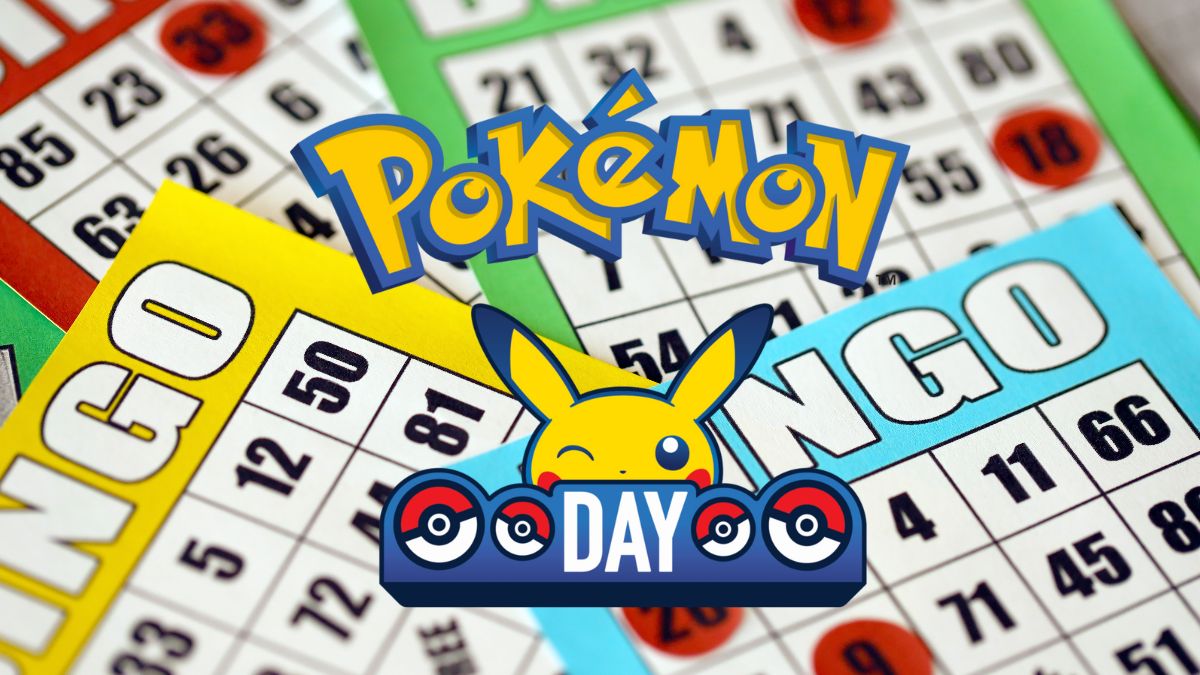The Entertainment Software Rating Board is taking a stand when it comes to the ongoing debate on microtransactions, or in-game purchases.
The Entertainment Software Rating Board is taking a stand when it comes to the ongoing debate on microtransactions, or in-game purchases.
After the furor being made by American lawmakers about the transactions, the ESRB says it will include a new label for games that clearly says whether or not there are digital purchases that can be made with real-world cash.
Electronic Arts’ Star Wars Battlefront 2 sparked a firestorm of controversy recently for its egregious usage of microtransactions. Loot crates are typically boxes of digital items that can be purchased with real money or, sometimes, money earned in-game. This usually isn’t a huge deal if the loot crates themselves aren’t meant to force players to spend real money to progress in-game, but in the case of Battlefront 2, this is exactly what happened, prompting EA to remove microtransactions for the foreseeable future ahead of the game’s official launch.
Since the controversy first erupted, state legislators began weighing in on the matter, even going so far as to introduce bills meant to help regulate the sale of games that would integrate loot boxes or similar content. And with more and more games including optional purchases like these that sometimes do and don’t include tie purchases to progression, it’s becoming even more of a hot topic within the industry, especially as it relates to the definitions of what is and isn’t gambling.
In a statement posted on Twitter, the ESRB says that the new labels will be applied to both digital and physical games with offers in-game to purchase digital goods with real currency.
This includes, but is not limited to “bonus levels, skins, surprise items (such as item packs, loot boxes, mystery awards), music, virtual coins and other forms of in-game currency, subscriptions, season passes and upgrades (e.g., to disable ads).”
So as it stands, it seems like a lot of game labels are about to be changed or updated. These labels are meant to help buyers, especially parents, take a look at what they’re getting into when it comes to certain game purchases.
Additionally, the ESRB will be launching a new website in a bid to help parents become more informed when it comes to tools they can use to manage the time and money their kids are spending on games.
Loot boxes and in-game transactions in general are a big red flag when it comes to some kids’ gameplay habits, as we’ve seen in the past, like the 17-year-old who spent $7,600 while playing FIFA 16. So hopefully this will help parents figure out that, beyond just not giving your kids free reign over their credit cards, there are ways to keep these habits in check.
The ESRB is also looking at additional ways to enhance its awareness campaign and make possible adjustments to its new efforts going forward.









Published: Feb 27, 2018 10:17 pm